VITAMIN D WITHOUT A SUPPLEMENT
You want to be sure you are getting vitamin D. You also want to know if you can get vitamin D from food sources. I have good news. Read on to find out how to get all the vitamin D you could possibly need without taking a supplement.
I spent many years encouraging everyone to take a vitamin D supplement. But, can you get all the vitamin D you need without buying a supplement?

Here at A Pleasing Life I encourage good natural health. I look for ways we can all be vibrant and healthy without taking the products “big pharma” has to sell. But what about “big supplement”? If there is any way to make it In my own kitchen, grow it in my own garden or buy it from a neighbor – well I’m hot on it.
Are Supplements Safe?
Do you know where your supplements are made? Do you know how they are made? Does the company use petroleum products to extract certain nutrients? Does the company rely on fetal tissue for development or quality testing? How do you know if there are contaminants in the supplement? The list of questions goes on, and there are no real answers. The same questions can be applied to over the counter and prescription medications. Check out this post from Rehumanize International for more information about fetal tissue use in everyday products.

TAKE BACK YOUR VITALITY!
Learn more about the health benefits of gardening and get some good tips and instruction too.
I’ve been asked about dietary sources of vitamin D pretty often. It’s a vitamin we all need, but can you get enough vitamin D without relying on a supplement?
Health Benefits Of Vitamin D
First – Here’s why vitamin D is so important:
- Boost immune system
- Healthy metabolism
- Bone health
- Reduce cancer risk and reduce aggressiveness of existing tumors 1
- Reduce inflammation
- Help regulate mood and relieve depression and anxiety 2
- Help prevent and treat fibromyalgia
- Help support healthy weight
- Decrease risk of diabetes and lower A1C 3
Why You Might Have Low Vitamin D
- Not outside as much as our predecessors
- Processed food may have additives for nutrition but lacks the complete natural wholeness of real food. Food is more than what’s on the nutrition label.
- Limited variety in diets. Many of us no longer forage through the seasons eating wild foods. Wild foods have far more nutritional value than cultivated ones. Cultivated varieties of food have been developed for larger fruit, better color, disease resistance etc, but this all comes at the price of reduced nutrients and medicinal properties.
- Many people tend to eat the same foods over and over again, so they don’t get the variety of nutrients needed for good health.
- Supplements may or may not have vibrant ingredients. Also, we have a tendency to find the “active ingredient” of most any natural thing and isolate that ingredient without considering the supporting roll found in the rest of the plant. Plants are complex. God created them for our benefit. When scientists pull out the one thing they think is giving us a certain benefit they often lose the full power and protection of the complete blessing in the plant.
How Much Vitamin D Is Enough?
The US government “experts” have raised the daily recommended amount of vitamin D3 from 400 IU to 600 IU. Naturopathic doctors say it needs to be more like 1,000 IU. The prescription dose (which is usually a form of vitamin D2) is 50,000 IU taken once a week. So that would be more like 7,000 IU once a day. This high dose is only recommended for short term until blood levels are normalized. See below for risks of chronic high dose vitamin D.
The Take Away:
What we can take from all of this is that vitamin D does not need to be taken every single day. That fits right in with God’s design for food and health. You don’t need to get exactly everything every single day. Your body is designed wonderfully to do what it needs to with real whole food and fresh water and air. And, yes, you can get vitamin D from your food without a supplement.
Can I take too much vitamin D?
Yes!
You can indeed get too much vitamin D. This is especially true if you are taking a supplement. It is much less concerning when you are getting your nutrition from food and sunshine.
Too much vitamin D causes a calcium build up in your blood. This is called hypercalcemia. This is bad for your vital organs and can lead to liver failure or kidney problems. Symptoms include nausea, vomiting, weakness and confusion.
Don’t we need to be afraid of eating too many vitamin D rich foods? Well, no. You won’t need to worry about getting too much vitamin D from any of the natural sources if you eat a good, natural, varied diet. Read on to find out why.
You can indeed get too much vitamin D. This is especially true if you are taking a supplement. It is much less concerning when you are getting your nutrition from food and sunshine.
Sources and types of vitamin D
Vitamin D comes in at least three types or forms – D2, D3, and D4 ( there was a D1 but it’s really a mix of things).
Back in the day when I practiced what I call regular medicine, I would urge my patients to be sure they were buying only vitamin D3. Vitamin D3 is what our body directly uses and it stays in the blood stream for weeks after taking it. But where does this vitamin D3 come from and is it really the best form to supplement with?
First the source: Ready? It is made from pig skins, sheep’s wool and sometimes from oily fish such as mackerel, sardines and salmon. Check your sources because these can be highly contaminated with chemicals depending on how and where they are raised.
Next, Which vitamin D is really the best?
Wouldn’t you know, God designed us with the perfect conversion system for vitamin D. Our enzymes in our healthy gut and liver do a very nice job of turning all that vitamin D2 from our diet into vitamin D3. The liver metabolizes vitamin D2 into 25-hydroxyvitamin D2 and vitamin D3 into 25-hydroxyvitamin D3. The last one is the active substance your body can use and the one measured at the lab.
Another point to consider is the way your body is designed to react to a natural substance vs a man made chemical substance. All of the cells in your body have receptors for various things. These receptors control what the cell lets in and what it keeps out. Your body easily recognizes natural substances and can either let them in or essentially say, “No thanks, not right now.” This is generally more difficult with more refined or artificially created supplements and medicines. (Estrogen is a great example of this, but that’s for another post).
Vitamin D2 does not stay in the blood stream as long as vitamin D3, but does it need to? If a few times a week you consume foods high in vitamin D2 then it really doesn’t matter how long it stays there. Your liver will be turning it into vitamin D3 anyway.
For the number and science fans reading this, the New England Journal of Medicine published and exhaustive article comparing all the detailed pathways of vitamin D2 and D3 4
Get Vitamin D Without A Supplement
God knows what He’s doing. He has created ways for us to be healthy that are superior to the fragmented systems we often try to develop.
The most well-known natural source of vitamin D is from sunshine. The sun is probably not your enemy. That said, skin cancer rates have more than doubled in recent decades. So What are some other ways to get vitamin D without supplementing?
The #1 source of abundant vitamin D is: Mushrooms!
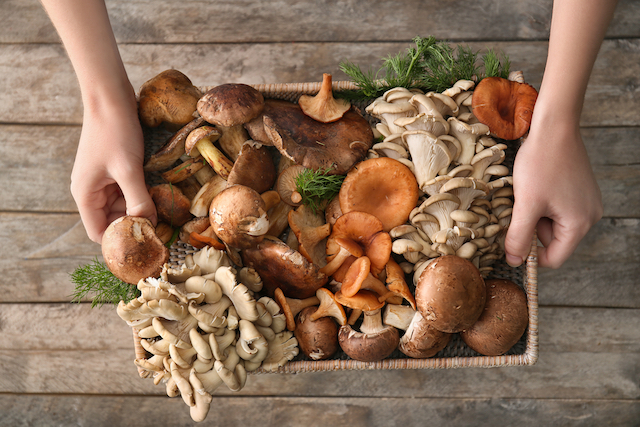
Several studies have been done on the bioavailability of the vitamin D in mushrooms on bone health. All demonstrated good absorption of vitamin D and improvement of bone health after eating mushrooms. 5. Here’s the thing though: The mushrooms need to be exposed to sunlight to provide you with the vitamin D you need.
Wild foraged mushrooms are packed full of vitamin D. One cup of mushrooms also has 6 grams of protein. Plus, they contain selenium to help our brains function well. Regular mushrooms straight from the store don’t have much if any vitamin D. BUT you can fix that. I would love to feel confident foraging wild mushrooms. They have plenty of vitamin D and also have high levels of other nutrients not found in cultivated mushrooms. But I don’t feel confident in identifying edible vs poisonous mushrooms.
So what are my options?
Buy a mushroom going kit. It’s getting more tempting all the time.
Buy mushrooms from the store and get them to make their own vitamin D from the sun. That’s what I did and it was super easy.
It was winter here in Maine when I first tried this so I just used a sunny west-facing window. I put the mushrooms on a baking sheet gill side up and left them for 2 days. Note: I had no way to test the mushrooms for vitamin D, so I did some research.
The mushrooms will make vitamin D in as little as 20 minutes of direct sunlight. In other words, the study was done outside. (Yeilding 10 micrograms vitamin D per 100 grams of mushrooms which is the same as 400 IU of vitamin d per 1 cup of mushrooms or about 3 button mushrooms)
Chanterelles will make a whopping 29.82 micrograms per 100 grams of mushrooms which equals just over 1,000 IU of vitamin D according to a finish study done in 1994 (yes, it has been known for at least that long and no one told us) 6
DIY Naturally Fortified Mushrooms
If you just leave the mushrooms out for an hour or two they will still look fresh.

Put them gill side up on a tray or baking sheet.
Better yet slice them first
These are the mushrooms I sliced and put on baking trays. It was an unusually warm day in April here in central Maine, so I tool advantage of the warm, dry breeze.
Next, set the tray of mushrooms in the sun. There was a good dry breeze that day and the mushrooms naturally dehydrated in the two days I had them outside. I brought the tray in at night.
Then I stored the mushrooms in glass jars.
The great thing is the mushrooms rehydrate very well.
Different Varieties Of Mushrooms Will Yield Different Results
shiitake mushrooms
Two days of direct summer sun from 10 to 4 o’clock will give shiitake mushrooms 46,000 iu/100 grams – but the vitamin D levels of these mushrooms started to drop after 3 days. So two days appears to be the limit before they become over-exposed.
The mushrooms retain the vitamin D when dried. So it would be a great project to dry a supply in the summer and store them in jars for the winter. The dried mushrooms can even be ground up and added to meals or put in capsules and taken as a home made supplement.
Shiitake mushrooms make D2, D3, and D4. White button mushrooms make D2 and D4.
In fact, shiitakes make the most vitamin D. Paul Stamets, a well known mycologist, did an experiment on mushrooms and vitamin D. Eight hours of sun exposure yielded 46,000 IU in 100 grams of shiitake mushrooms.
Shiitake mushrooms are also great for improving liver health, which means you get to make that vitamin D3 even more efficiently. They are a decent antiviral and help balance the immune system.
Reishi mushrooms
Reishi mushrooms are another good source of vitamin D. These mushrooms are often referred to as ‘the herb of immortality’. These mushrooms are nourishing for your liver, lungs, and kidneys and help to reduce inflammation in your heart and blood vessels. They also have a tendency to relax taxed nerves. Reishi mushrooms are easily grown at home with kits purchased from seed suppliers.
Chantrelle Mushrooms
As noted above, Chanterelles will make a whopping 29.82 micrograms per 100 grams of mushrooms which equals just over 1,000 IU of vitamin D
White Button Mushrooms
If you place white button mushrooms in the midday sun for 15–20 minutes, they would form vitamin D and provide you with more than the recommended daily dose of vitamin D. 7 Whit button mushrooms will not give the 1,000 or more IU though. Since they are usually a lot less expensive, I would still use them and just eat a little more of them.
Cooking with your mushrooms
Dried mushrooms will keep their nutritional value for a very long time – at least a year and probably longer. They rehydrate easily by soaking them in water for about an hour. Then, you can cook them any way you like.
The best way to retain the vitamin D is to sauté the mushrooms for about 5 minutes. Boiling mushrooms for a long time as in mushroom barley soup can reduce the vitamin D by 40%.
You can also bring your dehydrated mushrooms into powder. You can buy empty supplement capsules on line or at health food stores. This way you could make your own mushrooms supplement if you just don’t like mushrooms. Or, you could sprinkle some dried mushroom powder on top of the soup when you serve it for an added boost. A small handful of chopped dried mushrooms a few days a week will be effective for most people.
Check out this post for delicious mushroom soup with barley.
Other ways you can get vitamin D without a supplement:

Salmon:
3.5 ounces of wild caught salmon contains 800 to 900 IU of vitamin D.
Farm raised salmon contains about 200 IU of vitamin D. Farm raised salmon is very likely to be genetically modified as well, which means a no-go for me.
Wild caught salmon has loads of anti-inflammatory Omega-3. It also provides selenium and B vitamins for brain and nervous system function.
Duck Eggs:
Another really fantastic source of vitamin D is duck eggs.
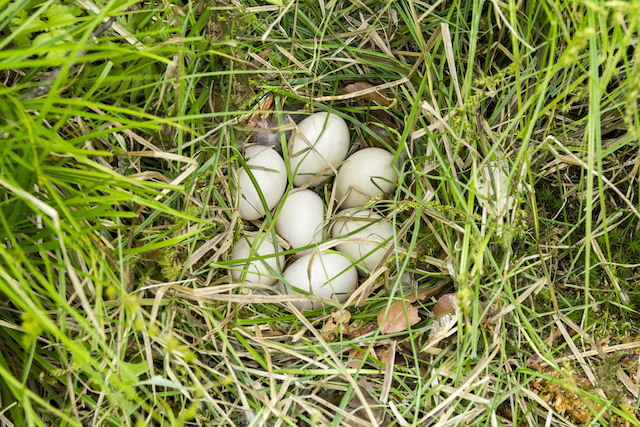
Duck eggs are larger than chicken eggs. 100 grams (2.5 ounces) of each egg is 1.5 duck eggs to 2 chicken eggs.
So, If we are comparing the same weight of egg, duck eggs still have more vitamin D than chicken eggs. Both types of eggs will have the best vitamin D if they are raised on pasture which means they need sun on their feathers and green grass under their feet. Being able to eat grass (and bugs and worms) gives the bird the best nutrition and increases the vitamin D in their eggs.
Duck eggs are richer and fattier than chicken eggs. They are a wonderful addition to baked goods and egg noodles. Or just fry them up for breakfast. Duck eggs also have about four times as much vitamin B12 than chicken eggs.
So how much vitamin D is in a duck egg?
A duck egg contains and average of 1.2 micrograms or 48 IU of vitamin D. After everything you just read about mushrooms, this might not seem like much. Realize that natural sources of whole foods (meaning nutrients aren’t isolated) give the most useful nutrients. It turns out that B12 and vitamin D work together for bone health and brain health. Duck eggs very nicely contain good amounts of both nutrients. The fat in duck eggs also help with absorption of vitamin D, with brain function and with normalizing hormone function. Wow! And, duck eggs actually contain all eight different B vitamins. 8
Duck eggs also have 50% more vitamin A than chicken eggs.
Are duck eggs good for your heart health?
Well, that depends on who you ask. The US government “experts” warn about the higher cholesterol levels in duck eggs than in chicken eggs. They say people with elevated cholesterol levels or other cardiovascular risk factors should avoid eating duck eggs. The same experts have also said that cholesterol is largely a matter of genetics and much less about diet. So it would appear they are confused about what even they think is best.
Duck eggs are absolutely loaded with antioxidants, minerals and good fats that your body needs to function well and keep inflammation down. This improves healthy blood flow and may be very beneficial to heart health. Duck eggs also raise your HDL cholesterol which is known to be protective for your heart. So, all things considered, I think duck eggs are heart healthy.
Here is a table comparing the nutrients in duck eggs to chicken eggs. this website: https://www.duckeggs.com/duckeggs-nutrition.html
Get Vitamin D Without A Supplement
So there you have it. Here are three ways to get vitamin D without taking a pill. For years I thought it would be impossible to get enough vitamin D without relying on big companies to sell me pills. What a blessing to have this knowledge!
Having a healthy gut means I am able to process nutrients in a way that benefits my mind and body. The more I learn the more I realize God created us and the world around us to supply what we need for vitality. Eating natural whole foods is an important part of a healthy gut.
So, what do you think? Let me know in the comments below.
References:
- https://www.ncbi.nlm.nih.gov/pmc/articles/PMC1470481/
- Cheng YC, Huang YC, Huang WL. The effect of vitamin D supplement on negative emotions: A systematic review and meta-analysis. Depress Anxiety. 2020 Jun;37(6):549-564. doi: 10.1002/da.23025. Epub 2020 May 4. PMID: 32365423.
- https://www.diabetesselfmanagement.com/news-research/2021/10/2
- (Holick, 2007). Holick, M.F. “Vitamin D Deficiency.” New England Journal of Medicine, 2007; 357(3):266-81.
- Urbain, P., Singler, F., Ihorst, G. et al. Bioavailability of vitamin D2 from UV-B-irradiated button mushrooms in healthy adults deficient in serum 25-hydroxyvitamin D: a randomized controlled trial. Eur J Clin Nutr 65, 965–971 (2011). https://doi.org/10.1038/ejcn.2011.53
- Mattila, Pirjo & Piironen, Vieno & Uusi-Rauva, Esko & Koivistoinen, Pekka. (1994). Vitamin D Contents in Edible Mushrooms. Journal of Agricultural and Food Chemistry – J AGR FOOD CHEM. 42. 10.1021/jf00047a016.
- Cardwell, Glenn, Bornman, Janet F., James, Anthony P., & Black, Lucinda J. “A review of mushrooms as a potential source of dietary vitamin D.” Nutrients. October 2018;10(10): 1498.
- US Dept Agriculture Duck Egg Nutrition https://fdc.nal.usda.gov/fdc-app.html#/food-details/172189/nutrients
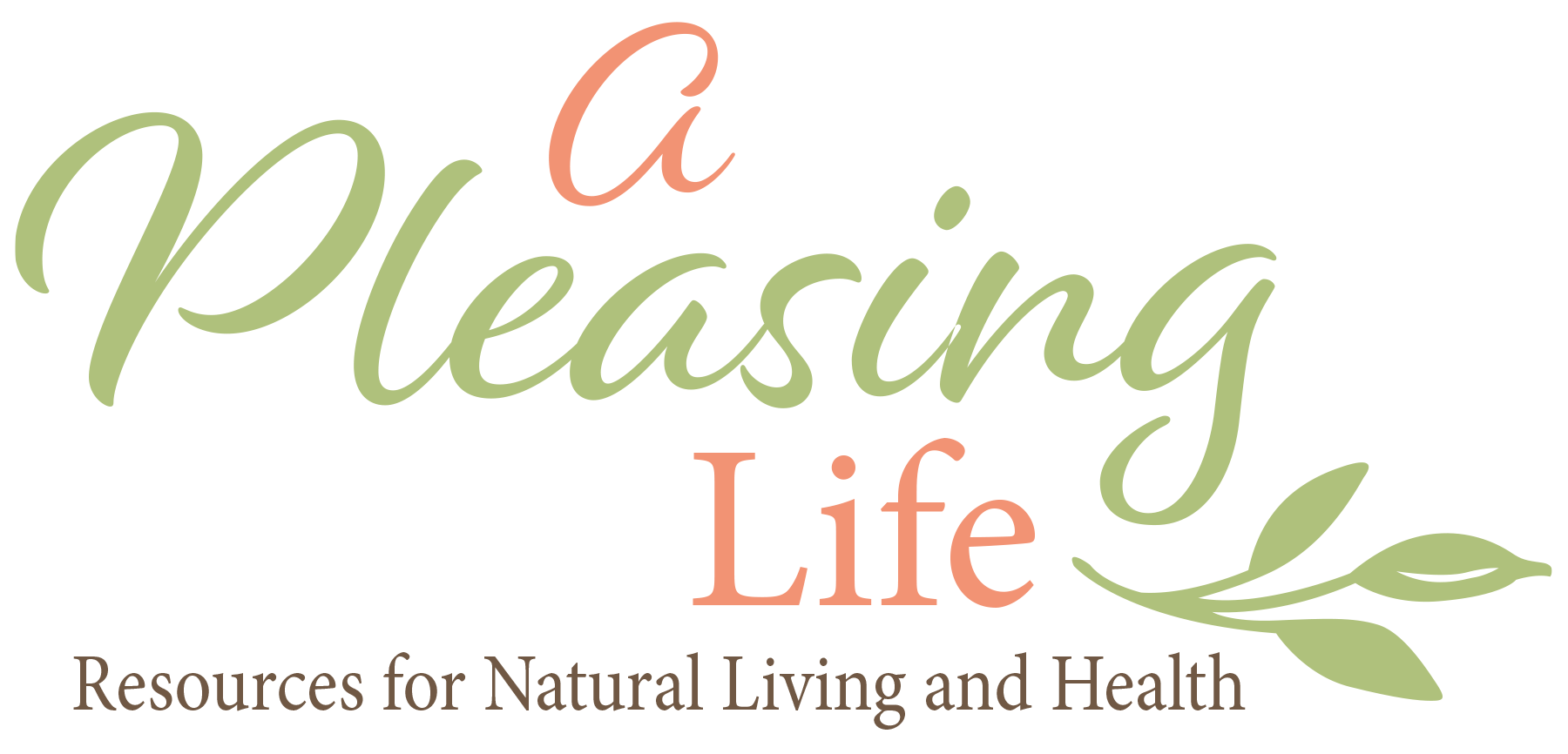
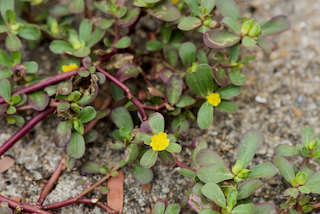

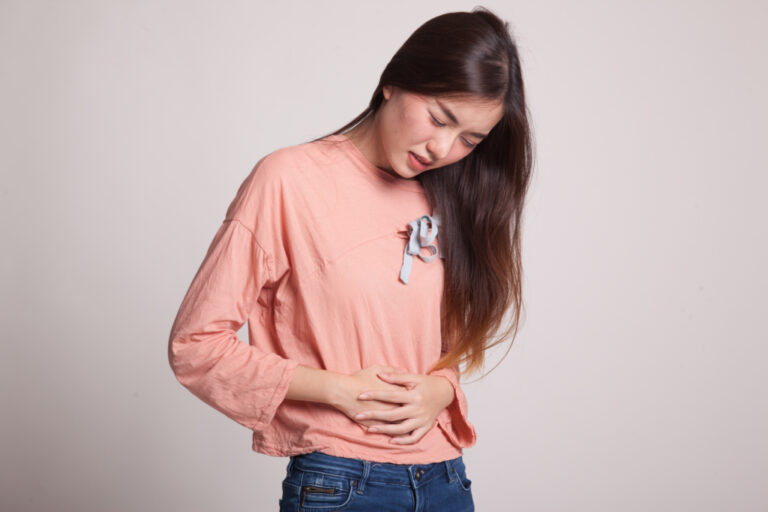
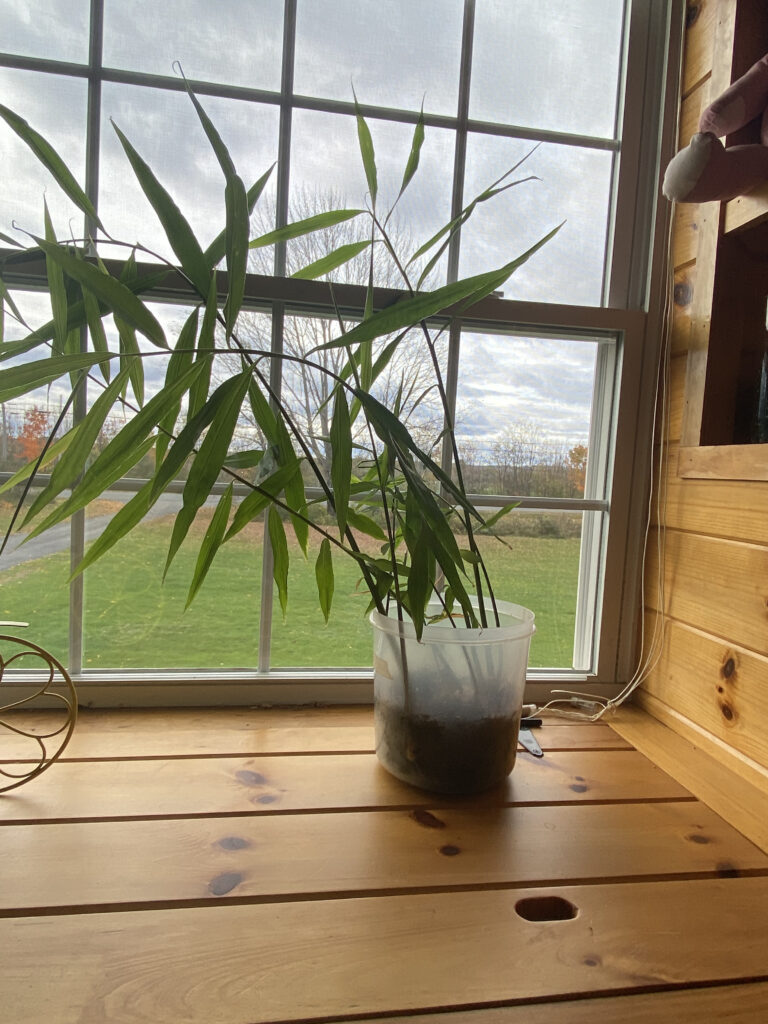


One Comment